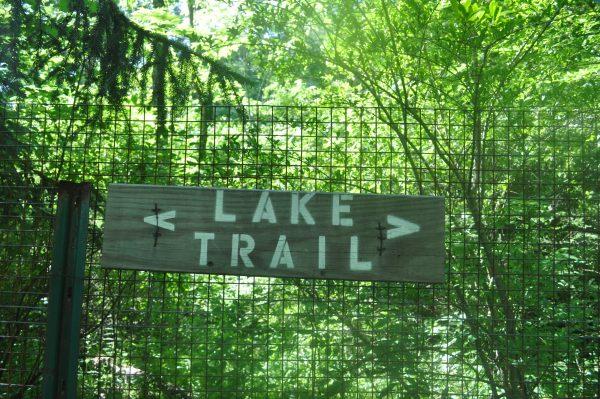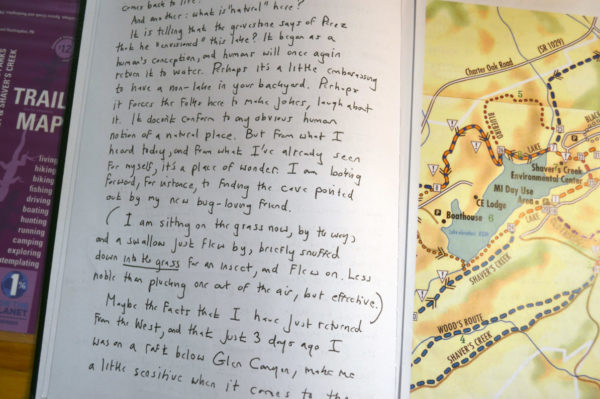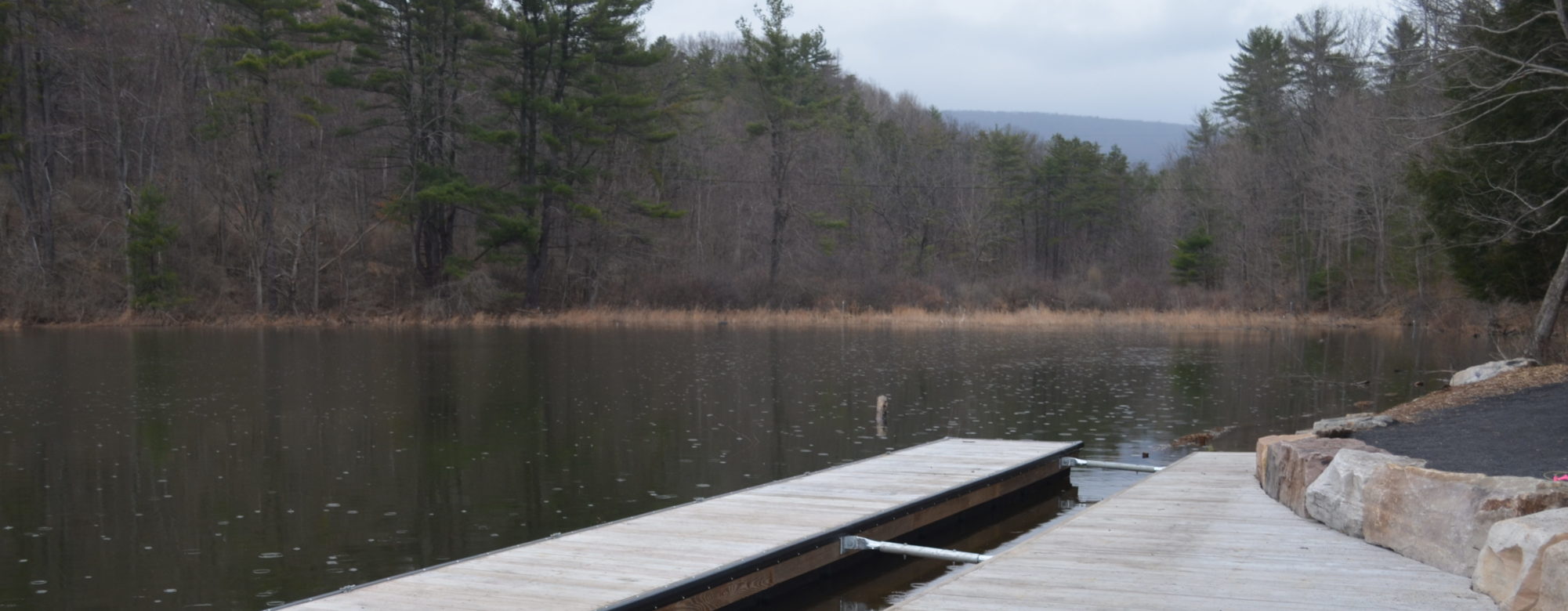
The Creek Journals, also known as the Long-term Ecological Reflections Project (LTERP), began in 2006 as Shaver’s Creek celebrated 25 years as Penn State’s nature center. At that time, Penn State’s Archaeological Field School was conducting a dig on the former Daniel Massey property near Shaver’s Creek, where they unearthed artifacts from the late 1800s — about 150 years before this project began. The archaeologists had to speculate about what happened at these locations and what the artifacts meant. Through the Creek Journals, we intend to record a piece of the next century’s history in some fashion so that future generations can better learn the story of this place.
The project is, according to conceiver Ian Marshall, a “study in place.” It seeks to record what happens at eight locations in and around Shaver’s Creek Environmental Center over the course of a full century — through the lens of authors and artists from a variety of disciplines. We invite you to explore the journals inspired by the eight reflection sites below, and then visit the sites yourself to find your own inspiration!
Ecological Reflection Sites
These eight specific locations have been picked for their variety of habitat and diversity of experience for the observer, and to inspire writing, music, artwork, and other creative forms of reflection. Over the 100-year life of the project, Shaver’s Creek will work to weave these reflections together to tell the story of this place.
Each LTERP site has its own space on this website where we will begin to collect reflections — whether they are words, paintings, photographs, songs, or videos. The contributing authors and artists use their own styles and their complete reflections can be found on the Creek Journals website. Some are scientists, poets, or outdoor enthusiasts, and still others study English, sociology, etc. It is our hope that their writings and artwork illustrate the history of these eight locations, no matter what style they use.
All of the LTERP sites are within Penn State’s 7,000-acre Stone Valley Forest (originally named the Penn State Experimental Forest) — many in close proximity to Shaver’s Creek Environmental Center. Please visit each page to view a history of the writings, artwork, music, and other reflections created there. Each site has a Geocache hidden at or near it. Visit our page on Geocaching.com for more info, or download the Geocaching app for iPhone or Android to find them for yourself!
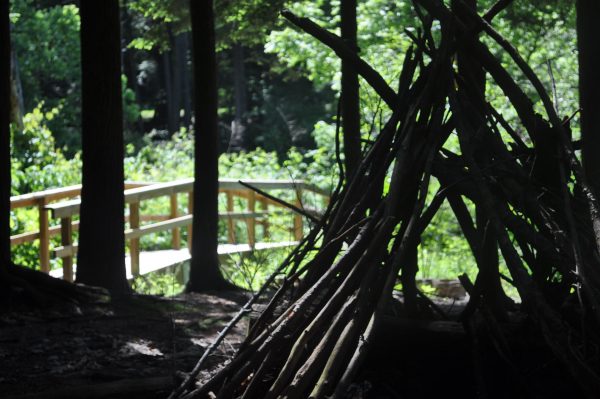
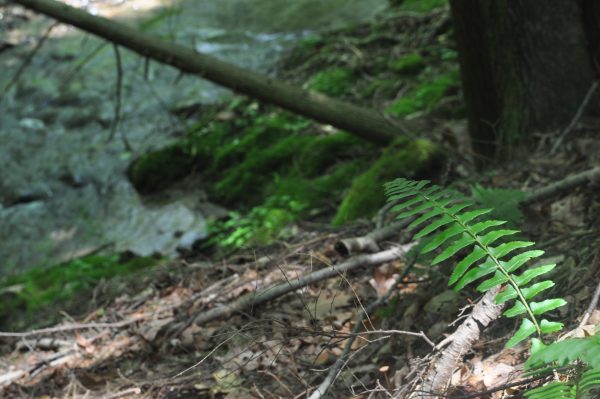
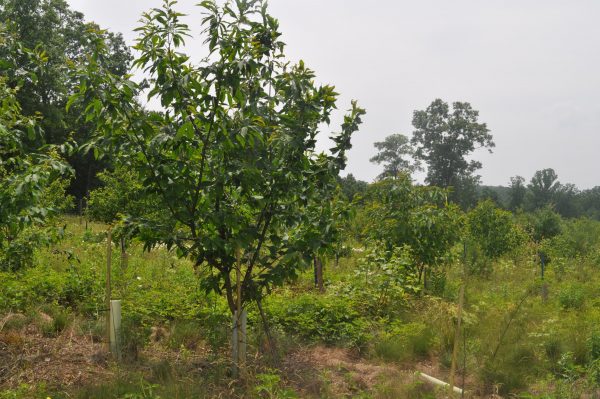
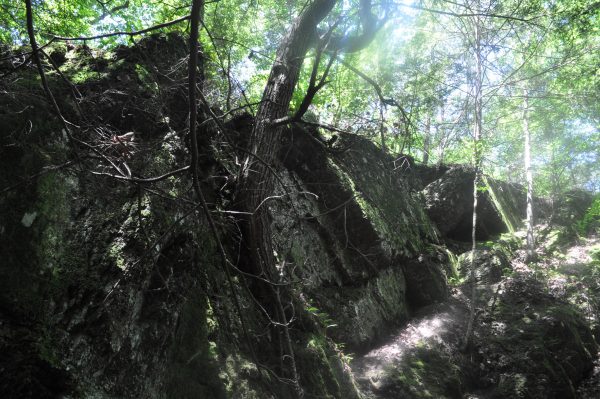
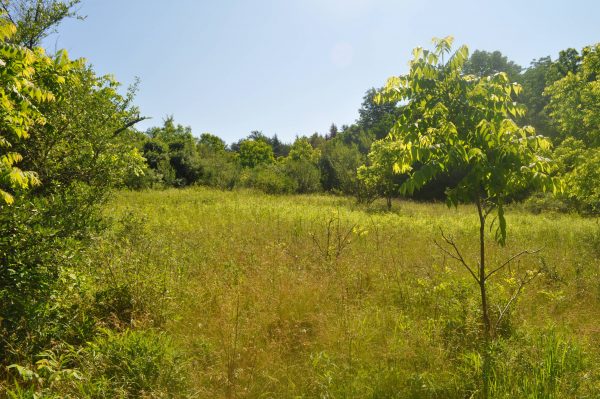
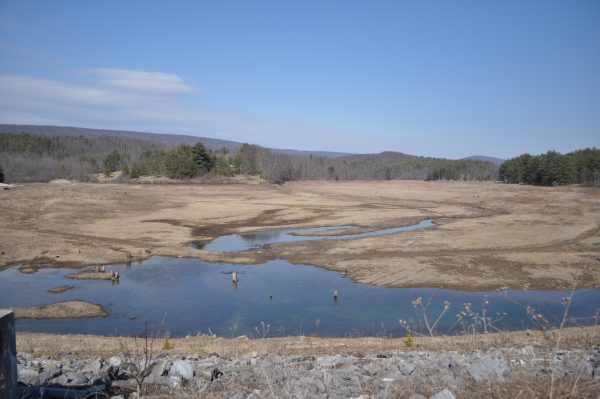
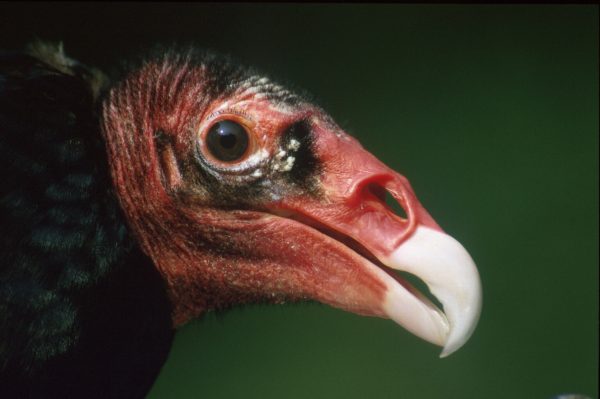
Reading Shaver’s Creek
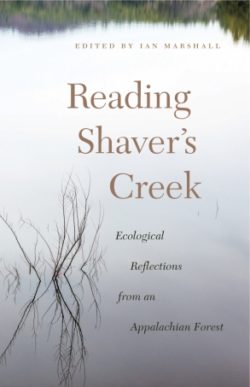 Highlights from the first ten years of this project have been edited into book form by Ian Marshall! Winner of the Fred Allen Womack and Frances Sue Zimmerman Womack Book Award, some of the best reflection pieces are included here. It’s a great way to hold a physical piece of these reflections in your hand. Reading Shaver’s Creek is available wherever you buy books.
Highlights from the first ten years of this project have been edited into book form by Ian Marshall! Winner of the Fred Allen Womack and Frances Sue Zimmerman Womack Book Award, some of the best reflection pieces are included here. It’s a great way to hold a physical piece of these reflections in your hand. Reading Shaver’s Creek is available wherever you buy books.
For More Information
For more information on the Long-term Ecological Reflections Project, or to learn how to contribute material, please email Doug Wentzel.
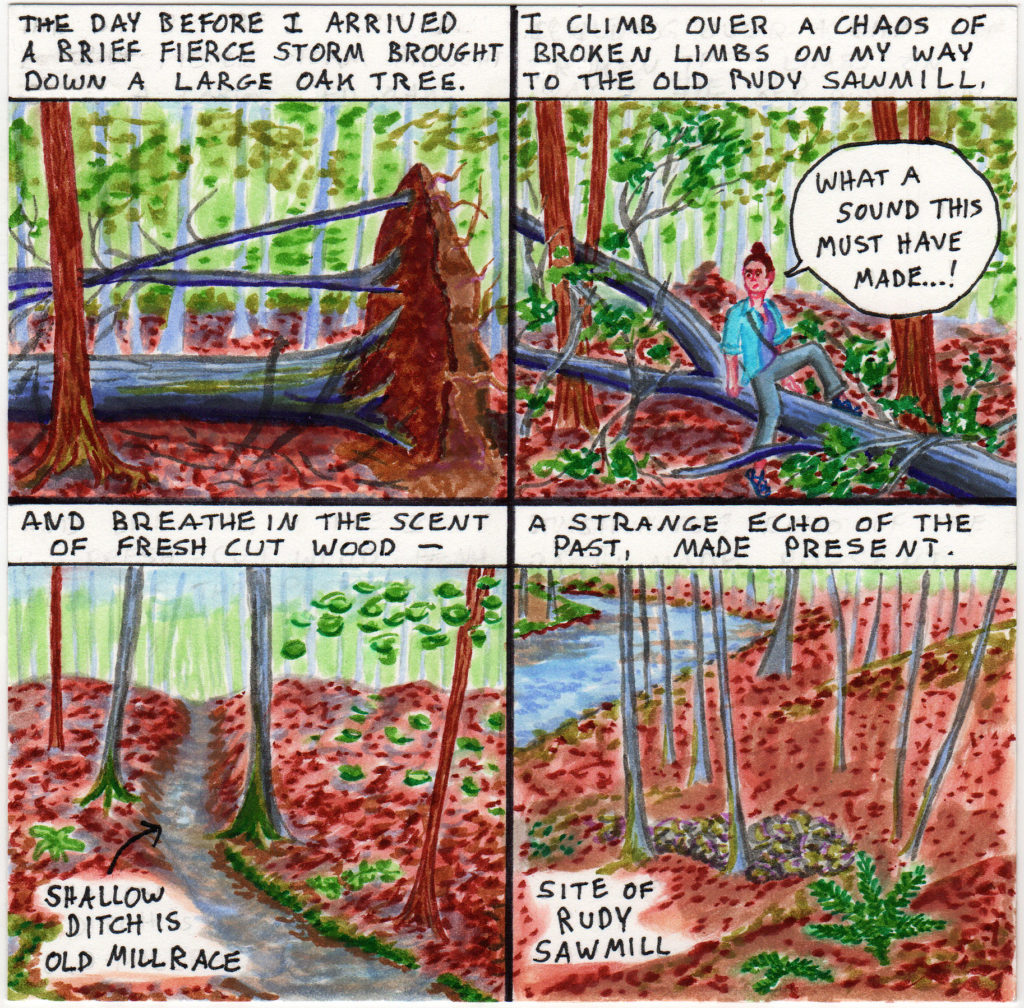
Comic by contributor Sal Ingraham, 2019

